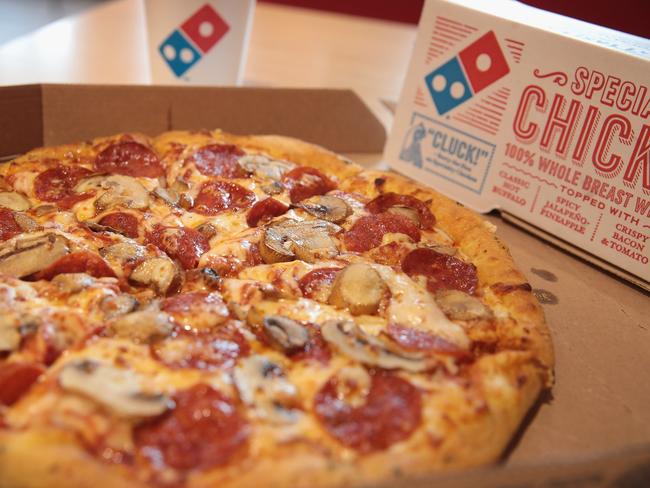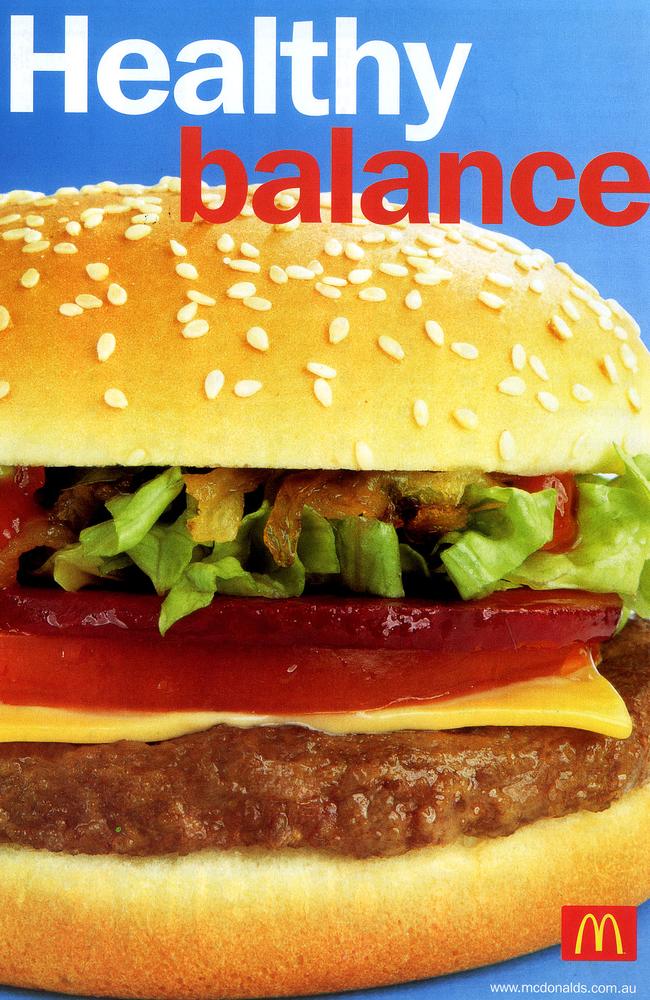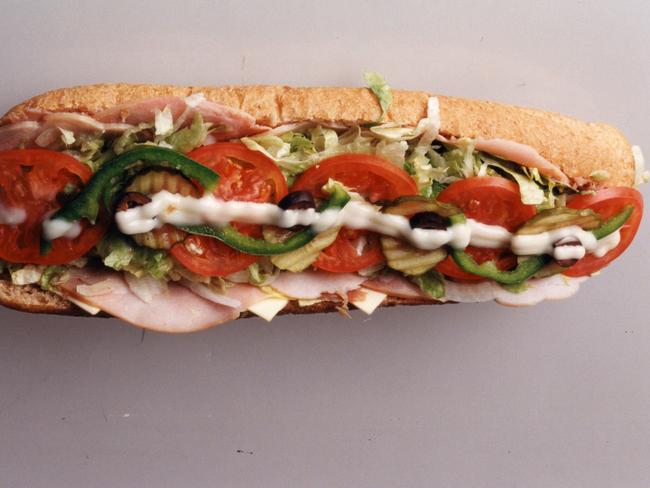Can you guess which fast food company in Australia gets the worst health score?
AN AUSTRALIAN university just announced their fast food restaurant health scores. And one chain did particularly badly, scoring a shocking 3/100.
CHANCES are when you drive through a fast food restaurant chain you are aware that your burger, fries and soft drink meal deal is not all that healthy.
Over the past 10-15 years such chains have repeatedly tried to develop and market various ‘healthier’ options — Subway have their ‘6 under 6’; Macca’s have their (slightly healthier) Happy Meal option, and you can find grilled chicken at most chicken places if you look hard enough.

Unfortunately new research from Deakin University’s Global Obesity Centre has found that Australian fast food companies are doing very little to promote health and nutrition in Australia. For the first time ever, these eateries have had their individual nutrition policies evaluated and the results are less than impressive.
In the report, ‘Inside our Quick Service Restaurants’, the top 11 Australia fast food outlets were scored according to their internal nutrition policies that seek to help address obesity prevention in Australia.
The highest ranked outlet was Subway with a score of 48 out of 100, followed by McDonald’s on 42, KFC on 41 and Nando’s with a score of 31. Dominos Pizza scored an abysmal 3 out of 100.

Specifically of note was that even when there are healthy options available in fast food chains, the reality is that these are barely marketed compared to the mainstream high fat, high calorie, high sugar and high salt meal deals such as the $1 frozen cokes and 2 for 1 meal deals. Generally speaking the healthier options are token menu items at best.
Only two major outlets, Subway and Nando’s openly provided details of their internal nutrition policies when approached by researchers and few other outlets commented at all, rather directing researchers to the chains websites for nutrition information.
If you have ever tried to gather data from these websites good luck, the nutrition information is not only difficult to find in the myriad of marketing information but it is also often so very small you can barely read it.

Now it is easy to say that we should not worry as fast food is an occasional treat but consumption data suggests otherwise. Study author Associate Professor Gary Sacks states that since the average Australian household spends more than a third of their food budget on takeaway and eating out, fast food outlets are key influencers in our growing obesity crisis.
When you consider that a single fast food meal can contain more than half the entire daily calorie requirement of an adult, what chains routinely market, offer and serve are significant influencers of an entire population’s calorie intakes.

Researchers are now calling for an urgent review of all major fast food chains’ commitment to obesity prevention in Australia. Most importantly is the call for water, not high sugar soft drink to be the default menu option for all kids’ meals and for the calorie laden meal deals to have their overall calories and sugar levels cut.
There needs to be more healthy options that are marketed as aggressively as the old school high fat favourites and the heavy advertising of high calorie fast foods be restricted, especially to children.
This groundbreaking report is the first of its kind that allows us to clearly see how little major fast food companies in Australia are actually doing when it comes to Australia’s health. The average person eats what is readily available; inexpensive and good value and what is marketed to them.
On a daily basis major fast food chains found in every food court and highway in the country influence the meal choices of more than 1 million Australians. Surely they have a responsibility to do better when it comes to making healthy eating a whole lot easier for Australian families?




